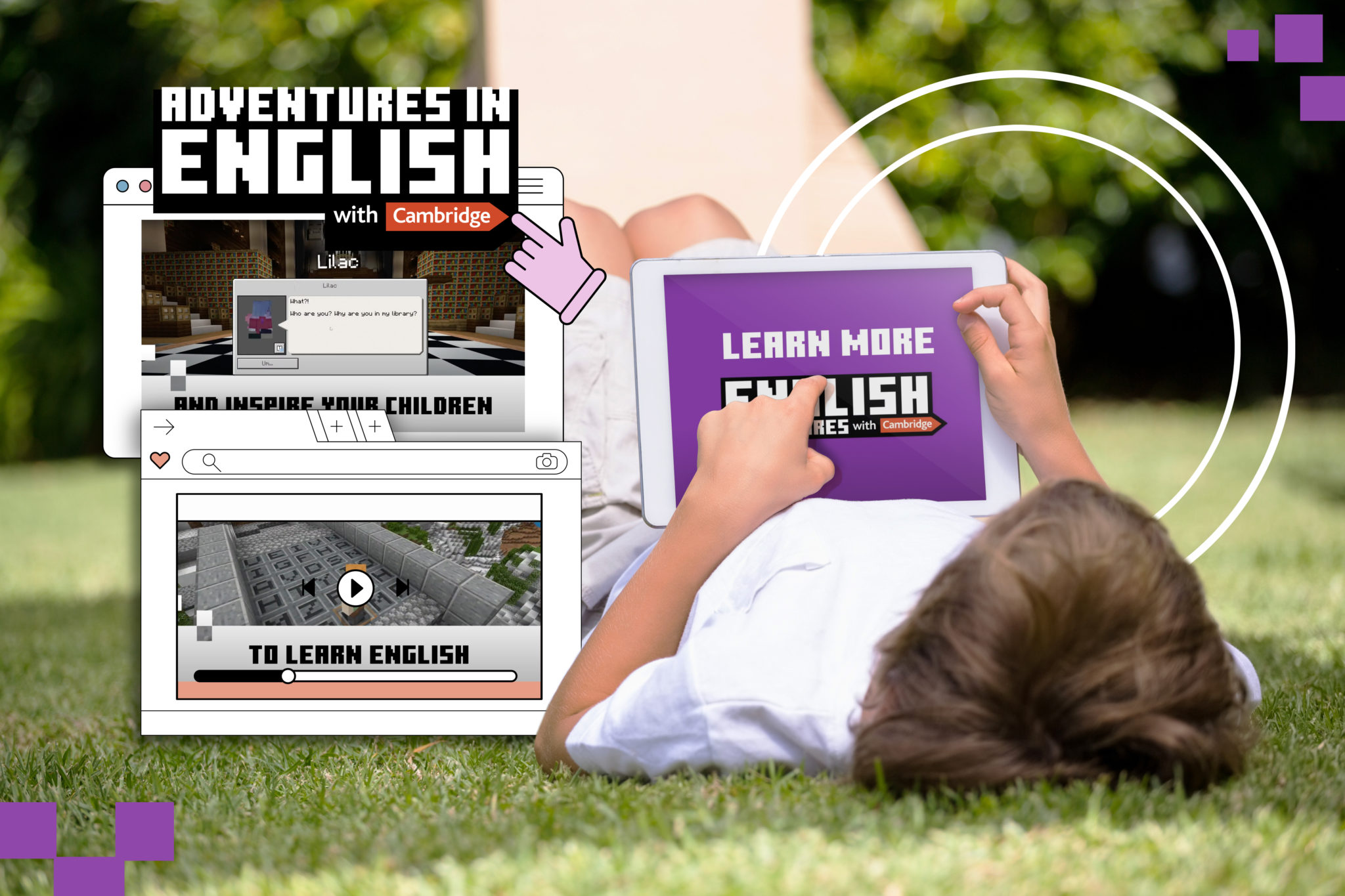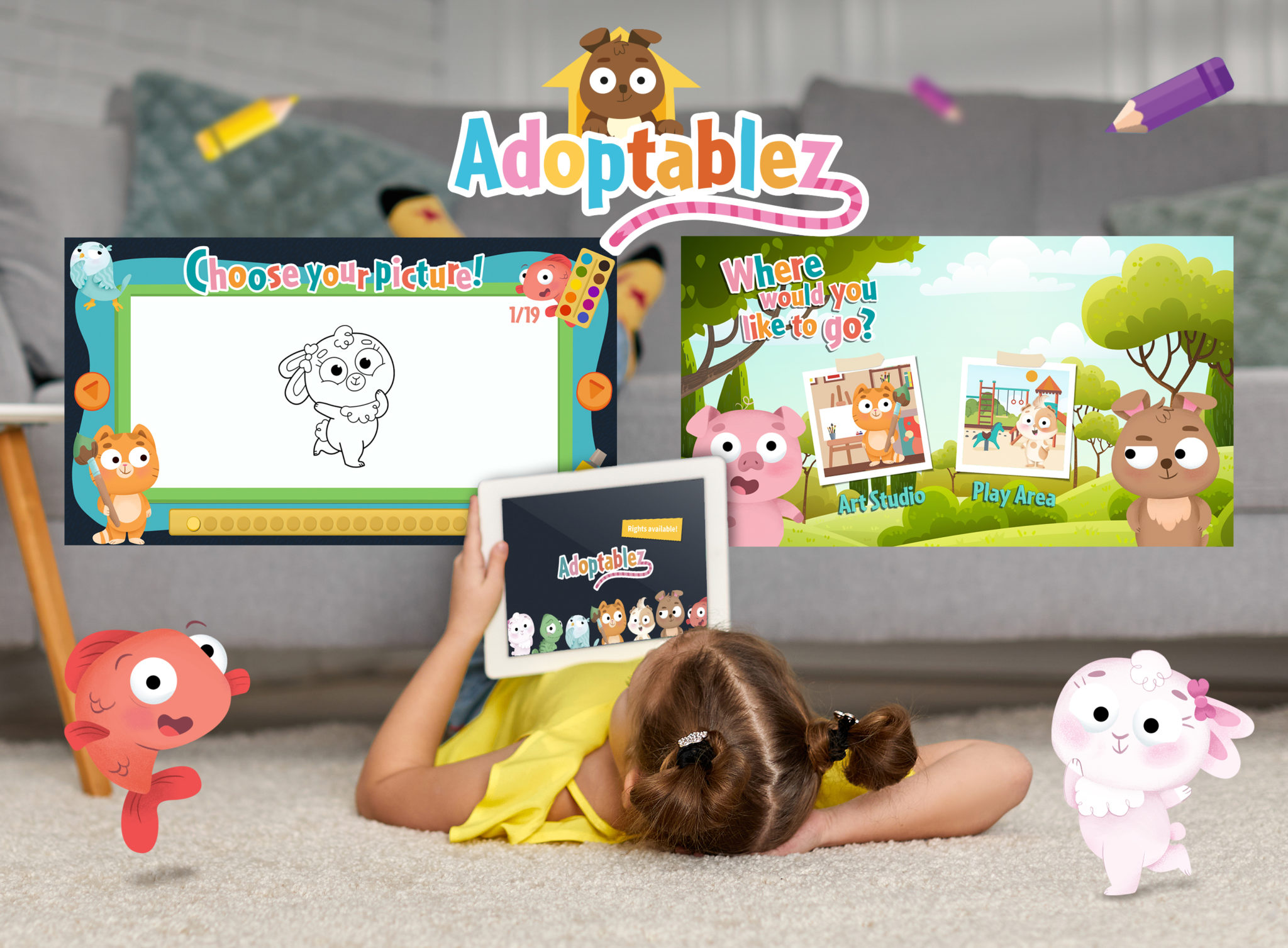Embracing New Digital Learning Trends In Education
The COVID-19 lockdowns endured around the globe have shone a light on the importance – and merits – of high-quality e-learning content for children over the last 2 years.
Not merely content to fall back on when in-person teaching is impossible, digital education has proven its many strengths that complement traditional pen and paper learning. Digital platforms can utilise sound effects, narration, music, vibrant and animated graphics to keep kids engaged, as well as the ability to integrate live-action video or even interactive 3D models to help visualise a concept better than a diagram on a whiteboard. Studies estimate that approximately 65% of the U.S. population are visual learners, finding video and animation content particularly effective, and preferring bite-sized lessons of 5-10 minutes over traditional, lengthy classroom lessons.
Digital learning lets children engage with content at their own pace, and allows for easy review of the full lesson, without relying on note-taking. There is also the option of variable difficulty, when it comes to interactive elements.
The flexibility of digital learning also benefits many neurodivergent (such as those with autism, ADHD or anxiety) and disabled children, for whom the classroom might be a stressful or even inaccessible place. E-learning paves the way to make education accessible for all children. Check out this article for more information.
Online learning within the children’s publishing industry might mean making e-books accessible to a whole class. It enables the same book to be ‘borrowed’ by every child in a class all at once, or gives them access to a whole library from the comfort of their own sofa, which removes the time-pressure of selecting and returning books to a physical library. In supportive reading environments – relaxed school libraries, for instance, where pupils are given choice, time to choose, and an accessible range of engaging options – children not only develop their skills in concentration and communication, but can also strengthen their social groups through recommendations, ‘booktalk’ and sharing. More on that here.
A fairly recent development in e-learning is the ability to bring new, educational content to games that children already love to spend their time playing – thanks to the development of resources like Minecraft’s Education Edition, Roblox, or Fortnite’s creative mode. Ubisoft even released a curated educational version of several Assassins Creed games.
Collaborate worked with Cambridge University Press to help deliver their award-winning Minecraft: Education Edition English Language course. Developed by experts at Cambridge Assessment English, it’s designed to help children learn key English language skills. It is being featured as a demo during a virtual ‘Summer Camp’ event, hosted by Microsoft China, to demonstrate how a video game environment can be utilised as a virtual classroom, providing lessons and tools for both teachers and students.
Beyond this kind of educational content authored by educational publishers, the beneficial nature of video games have been studied for many years and there is always more ground on which to develop new e-learning apps, drawing from the appeal of existing games. Sandbox games, like Minecraft, can boost creative-thinking and artistic skills. Puzzle games aid the growth of memory, critical thinking and cognitive problem solving, whilst fast-paced action and adventure games encourage the development of fine motor skills, attention and hand-eye coordination. There are games that explicitly teach coding, typing or foreign languages (in fact, many young people with English as a second language can credit their time playing online games, in developing their English skills).
Digital learning isn’t an isolated environment – content can facilitate making connections with other learners, not just within your classmates, but connecting learners around the globe and fostering positive social interactions, friendships and co-operation.
What does the future look like? Big tech companies are beginning to make a push for their visions of the ‘metaverse’, where we live and learn within a virtual environment. Will these evolving VR trends see future virtual classrooms taking day trips to walk the streets of ancient Rome? Collaborate already has experience designing for VR and augmented reality, including a hybrid of print and digital design in the awe-inspiring Wow4D supermarket campaign with TCC Global, which lets you bring stars and planets or the king of beasts to life on your coffee table!
For now, the biggest business is transforming and adapting existing printed matter (such as traditional storybooks) into animation and app-ready digital assets. This has seen soaring interest in collaborating with partners just like the team here at Collaborate – the only agency globally with contracted supplier status for Design, Illustration and Animation with clients such as Cambridge University Press, Oxford University Press and Pearson Education. Together we can create content to inspire, innovate and educate.
If you are looking to collaborate on your educational resource and work with the industry leaders in #KidsComms drop us an email at [email protected]

